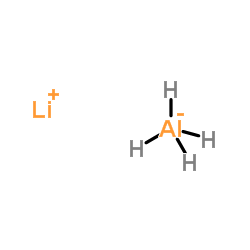| Structure | Name/CAS No. | Articles |
|---|---|---|
 |
n-Butyllithium
CAS:109-72-8 |
|
 |
Lithium Aluminium Hydride
CAS:16853-85-3 |